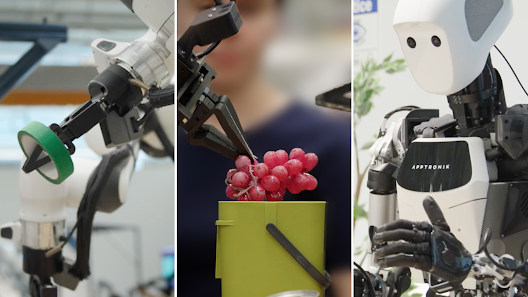Bridging the Gap Between Startups and Corporations
Startups are often celebrated for their agility, innovation, and ability to “fail fast and move on.” By embracing a culture of experimentation, these smaller entities quickly develop groundbreaking ideas. On the other hand, larger corporations possess the resources, market access, and expertise that startups often lack. However, as companies grow, their appetite for risk tends to dwindle, potentially stifling innovation.
To overcome this, the collaboration model offers a unique opportunity. By partnering with startups, corporations can leverage their own strengths to accelerate innovation while sharing risks. This approach allows both parties to bring innovative solutions to market faster, but it is not without challenges. Conflicting cultures, misaligned incentives, and execution barriers can hinder success.
Building Partnerships for Scalable Innovation
One notable example of such collaboration is ABB Electrification’s venture program, launched in 2020. Partnering with their startup accelerator SynerLeap and Microsoft, ABB invites startups to propose technological solutions for global energy challenges. Winners receive a $30,000 grant to develop a minimum viable product (MVP), backed by mentorship and access to ABB’s market reach.
To date, this program has successfully delivered over 20 MVPs, fostering partnerships with startups like Mavenoid, Tallarna, and View AR. These collaborations have led to commercial contracts and scalable innovations, proving the potential of aligning corporate resources with startup creativity.
Key Takeaways From Corporate-Startup Collaborations
Over the past five years, ABB has gleaned valuable insights into fostering effective partnerships. A critical shift in mindset is required for corporations to embrace open innovation. Unlike traditional investments, ABB focuses on long-term collaboration rather than immediate returns. This approach builds trust and aligns incentives, creating mutually beneficial partnerships.
Moreover, co-creating MVPs demands patience and resources from both sides. By combining expertise, corporations and startups can anticipate challenges early and establish a foundation for lasting success. A collaborative approach also provides real-world feedback, enabling startups to iterate and refine their solutions faster.
Failing Fast: A Path to Growth
Failure is an ever-present reality in innovation. Not every proof of concept will succeed, but identifying potential failures early is crucial. Establishing clear KPIs and outcome-focused goals helps maintain direction and ensures that efforts align with broader objectives.
This model of collaboration has also triggered cultural shifts within ABB, encouraging a more customer-focused approach. By prioritizing customer challenges and insights, partnerships have led to impactful innovations that accelerate progress toward a decarbonized society.
The Road Ahead
The combination of startup agility and corporate scale offers a blueprint for success. By fostering creative freedom, reducing barriers to execution, and aligning incentives, corporations and startups can achieve shared goals. ABB’s venture program exemplifies how such partnerships can lead to rapid innovation, benefiting both customers and society as a whole.
For instance, initiatives like this align well with broader trends in the industry. Efforts to merge innovation with sustainability also reflect the growing importance of strategic leadership in emerging fields. To explore this further, read about how Doug Mandell is shaping legal strategies at Inflection AI, demonstrating the importance of leadership in driving innovation.
As industries continue to evolve, collaboration models like ABB’s will play a critical role in shaping a sustainable and innovative future.







